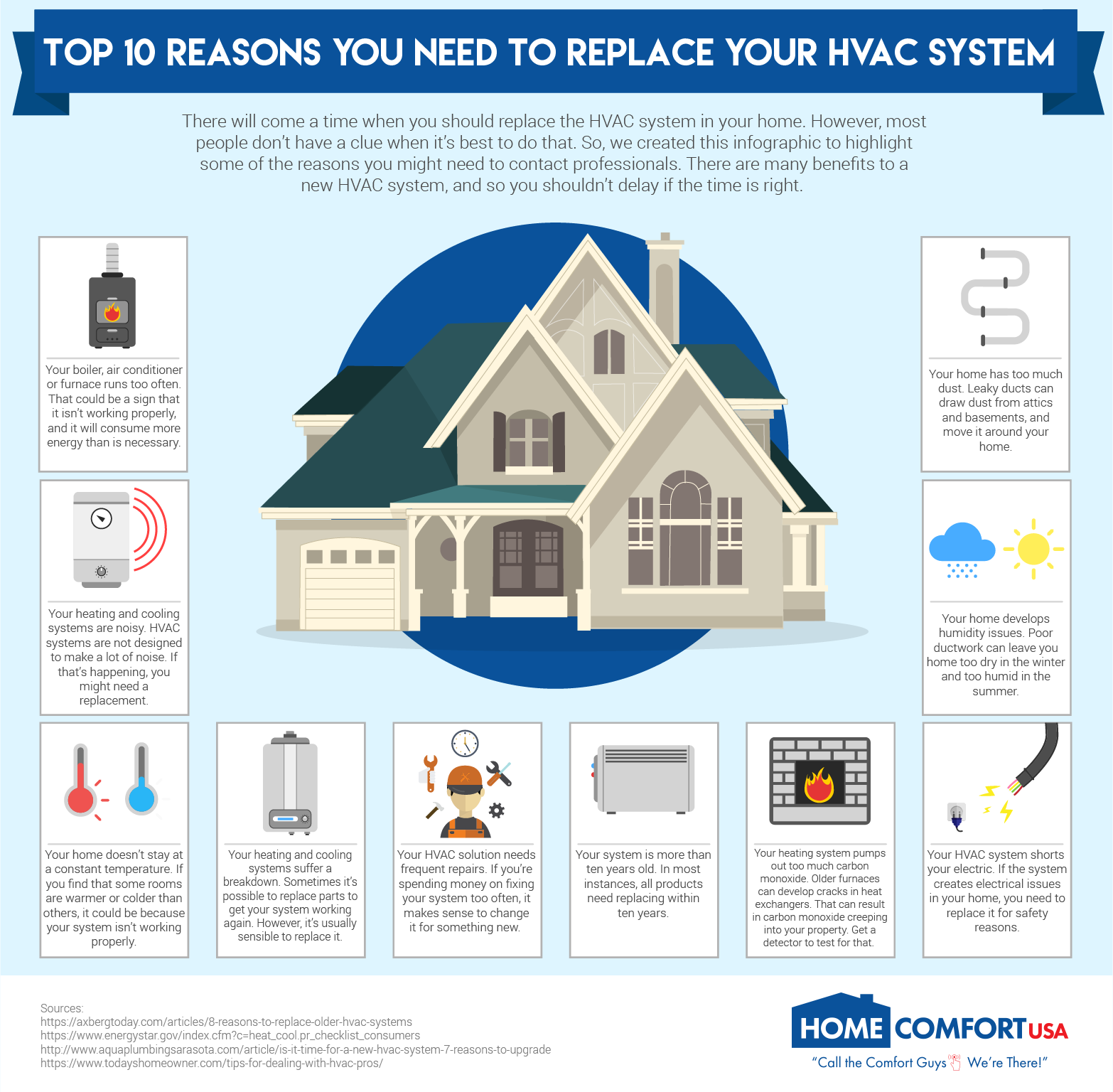The Ultimate Overview To Understanding Heat Pumps - How Do They Function?
The Ultimate Overview To Understanding Heat Pumps - How Do They Function?
Blog Article
Post Author-Gissel Montoya
The very best heatpump can conserve you considerable quantities of cash on power costs. They can likewise help reduce greenhouse gas discharges, especially if you make use of power instead of nonrenewable fuel sources like propane and home heating oil or electric-resistance heaters.
Heatpump work significantly the like a/c do. This makes them a viable option to typical electrical home furnace.
Exactly how They Function
Heat pumps cool homes in the summer season and, with a little aid from electrical power or gas, they give some of your home's heating in the wintertime. They're a good choice for individuals who wish to decrease their use of nonrenewable fuel sources however aren't all set to replace their existing furnace and a/c system.
They depend on the physical truth that even in air that seems as well cool, there's still power existing: warm air is always relocating, and it wishes to relocate into cooler, lower-pressure environments like your home.
Most ENERGY STAR licensed heatpump run at near to their heating or cooling capacity throughout the majority of the year, minimizing on/off biking and conserving energy. For the very best efficiency, concentrate on systems with a high SEER and HSPF score.
The Compressor
The heart of the heat pump is the compressor, which is additionally referred to as an air compressor. This mechanical moving device uses potential power from power development to raise the pressure of a gas by lowering its quantity. It is different from a pump in that it only services gases and can not collaborate with liquids, as pumps do.
Atmospheric air gets in the compressor with an inlet shutoff. It circumnavigates vane-mounted arms with self-adjusting length that split the interior of the compressor, producing several tooth cavities of varying size. The blades's spin pressures these dental caries to move in and out of stage with each other, compressing the air.
The compressor draws in the low-temperature, high-pressure cooling agent vapor from the evaporator and compresses it right into the warm, pressurized state of a gas. This procedure is duplicated as needed to provide home heating or air conditioning as called for. The compressor also has a desuperheater coil that reuses the waste heat and adds superheat to the refrigerant, altering it from its fluid to vapor state.
The Evaporator
The evaporator in heat pumps does the exact same point as it performs in fridges and a/c unit, transforming liquid cooling agent into a gaseous vapor that eliminates heat from the space. Heatpump systems would not work without this critical tool.
This part of the system is located inside your home or building in an interior air trainer, which can be either a ducted or ductless system. It consists of an evaporator coil and the compressor that compresses the low-pressure vapor from the evaporator to high pressure gas.
Heatpump soak up ambient warm from the air, and afterwards use electricity to transfer that warmth to a home or business in heating setting. That makes them a lot extra energy effective than electrical heating units or furnaces, and because they're utilizing tidy power from the grid (and not burning gas), they additionally create far fewer emissions. That's why heatpump are such terrific environmental choices. (In addition to a huge reason why they're becoming so preferred.).
The Thermostat.
clicking here are wonderful options for homes in chilly environments, and you can utilize them in mix with standard duct-based systems or perhaps go ductless. https://www.cmmonline.com/articles/the-power-of-uv-c-light 're an excellent different to fossil fuel heater or conventional electric heaters, and they're much more sustainable than oil, gas or nuclear HVAC equipment.
Your thermostat is the most crucial component of your heat pump system, and it functions really differently than a standard thermostat. All mechanical thermostats (all non-electronic ones) work by utilizing substances that change size with boosting temperature, like curled bimetallic strips or the increasing wax in a cars and truck radiator valve.
https://docs.google.com/spreadsheets/d/1QamJmgvCoo2gPNMF6CLm1hIOPmKaJ4V4g2VF7xUhWbQ/edit?gid=905340785#gid=905340785 include two various sorts of metal, and they're bolted with each other to form a bridge that finishes an electric circuit linked to your cooling and heating system. As the strip gets warmer, one side of the bridge broadens faster than the other, which triggers it to bend and signal that the heating unit is needed. When the heat pump remains in home heating mode, the reversing valve turns around the flow of refrigerant, so that the outdoors coil now operates as an evaporator and the interior cylinder becomes a condenser.